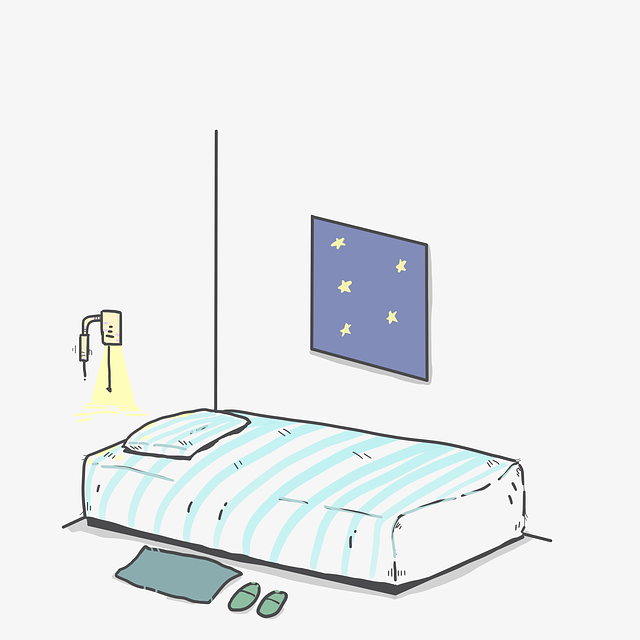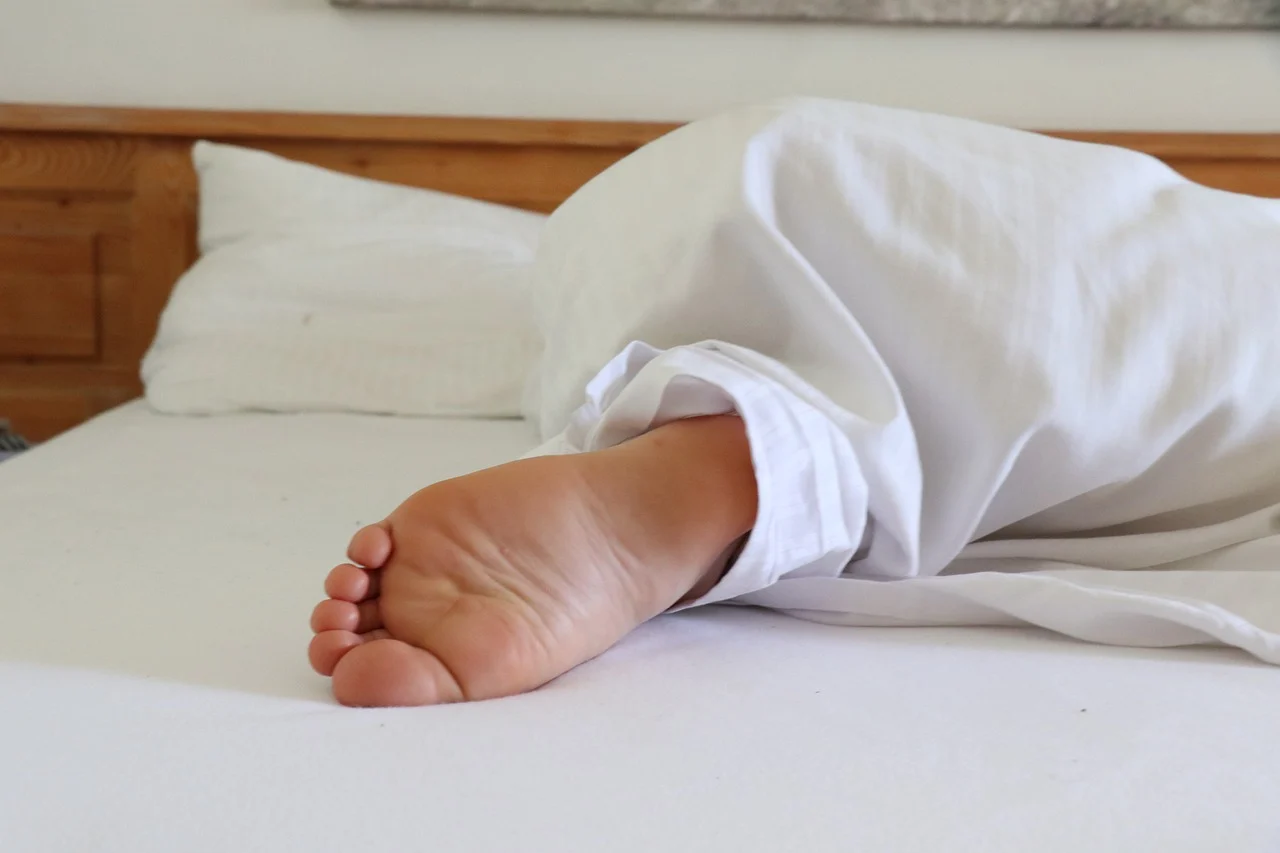In today’s fast-paced world, stress has become a pervasive issue affecting millions of people. Chronic stress not only diminishes quality of life but also contributes to serious health problems such as heart disease, anxiety, depression, and weakened immune function. To combat these effects, relaxation techniques have emerged as powerful tools for promoting mental and physical well-being. But what exactly happens in the body during relaxation, and why are these techniques so effective? Let’s explore the science behind relaxation methods and their profound impact on health.
The Physiology of Stress and Relaxation
To understand how relaxation techniques work, it’s essential to first grasp the body’s stress response system, commonly referred to as the fight-or-flight response . This mechanism is controlled by the autonomic nervous system, which consists of two branches:
- Sympathetic Nervous System (SNS) : Activates during stress, triggering the release of hormones like adrenaline and cortisol. These hormones increase heart rate, blood pressure, and energy supplies, preparing the body to respond to perceived threats.
- Parasympathetic Nervous System (PNS) : Promotes the “rest-and-digest” state, slowing down physiological processes, reducing stress hormone levels, and restoring balance.
Relaxation techniques aim to activate the PNS, counteracting the harmful effects of chronic SNS activation. By doing so, they help regulate bodily functions, reduce tension, and foster a sense of calm.
Common Relaxation Techniques and How They Work
1. Deep Breathing
Deep breathing exercises involve taking slow, deliberate breaths that fully engage the diaphragm. This technique directly stimulates the vagus nerve—a key component of the PNS—promoting relaxation.
- Science Behind It : Deep breathing lowers heart rate and blood pressure while increasing oxygen flow to the brain. It also reduces levels of cortisol, the primary stress hormone.
- Effectiveness : Studies show that deep breathing can alleviate symptoms of anxiety, improve focus, and enhance overall mood.
2. Progressive Muscle Relaxation (PMR)
PMR involves systematically tensing and then relaxing different muscle groups throughout the body. This method helps individuals become more aware of physical sensations and release built-up tension.
- Science Behind It : PMR reduces muscle stiffness and pain while signaling the brain to shift into a relaxed state. It also decreases activity in the amygdala, the part of the brain responsible for processing fear and stress.
- Effectiveness : PMR is particularly beneficial for those with insomnia, chronic pain, or stress-related disorders.
3. Meditation
Meditation encompasses a variety of practices, including mindfulness meditation, transcendental meditation, and loving-kindness meditation. These techniques encourage focused attention, self-awareness, and emotional regulation.
- Science Behind It : Meditation increases gray matter density in areas of the brain associated with memory, learning, and emotional regulation. It also reduces inflammation markers linked to stress and boosts serotonin production, improving mood.
- Effectiveness : Research demonstrates that regular meditation can lower blood pressure, reduce symptoms of anxiety and depression, and enhance cognitive performance.
4. Yoga
Yoga combines physical postures, breathing exercises, and meditation to promote holistic wellness. Its gentle movements and emphasis on mindfulness make it an excellent relaxation tool.
- Science Behind It : Yoga activates the PNS, reduces cortisol levels, and balances neurotransmitters like GABA (gamma-aminobutyric acid), which promotes relaxation. It also improves flexibility, strength, and cardiovascular health.
- Effectiveness : Studies suggest that yoga can significantly reduce stress, improve sleep quality, and boost resilience to daily challenges.
5. Guided Imagery
Guided imagery involves visualizing calming scenes or positive outcomes to evoke feelings of peace and tranquility. This technique leverages the mind-body connection to induce relaxation.
- Science Behind It : Visualization activates the brain’s reward centers, releasing dopamine and endorphins—chemicals that promote happiness and relaxation. It also distracts the mind from stressful thoughts, reducing overactivity in the SNS.
- Effectiveness : Guided imagery is widely used in clinical settings to manage pain, anxiety, and trauma recovery.
6. Biofeedback
Biofeedback uses electronic devices to monitor physiological responses like heart rate, skin temperature, and muscle tension. Users learn to control these responses through real-time feedback.
- Science Behind It : By gaining awareness of involuntary bodily functions, individuals can consciously influence them, activating the PNS and reducing stress.
- Effectiveness : Biofeedback is effective for managing migraines, hypertension, and chronic pain conditions.
Why Are Relaxation Techniques So Effective?
The effectiveness of relaxation techniques lies in their ability to target multiple systems within the body simultaneously. Here’s how they create lasting benefits:
- Hormonal Balance : By lowering cortisol levels, relaxation techniques reduce inflammation and protect against stress-related diseases.
- Improved Brain Function : Regular practice enhances neuroplasticity—the brain’s ability to adapt and rewire itself—leading to better emotional regulation and cognitive clarity.
- Enhanced Immune Response : Reducing stress strengthens the immune system, making the body more resilient to infections and illnesses.
- Cardiovascular Health : Lowering heart rate and blood pressure decreases the risk of heart disease and stroke.
- Better Sleep Quality : Many relaxation techniques address underlying causes of insomnia, such as racing thoughts and muscle tension, leading to deeper, more restorative sleep.
Who Can Benefit from Relaxation Techniques?
Almost anyone can benefit from incorporating relaxation techniques into their daily routine, especially:
- Individuals dealing with chronic stress or burnout.
- Those experiencing anxiety, depression, or PTSD.
- People recovering from injuries or managing chronic pain.
- Athletes seeking mental clarity and peak performance.
- Anyone looking to improve overall well-being and prevent future health issues.
Tips for Getting Started
If you’re new to relaxation techniques, here are some practical steps to begin your journey:
- Start Small : Dedicate just 5–10 minutes per day to practice. Gradually increase the duration as you become more comfortable.
- Find What Works for You : Experiment with different techniques to discover which ones resonate most with your needs and preferences.
- Create a Routine : Practice at the same time each day, such as in the morning to start fresh or before bed to wind down.
- Use Resources : Apps, guided audio recordings, and online tutorials can provide structure and guidance.
- Be Patient : Like any skill, mastering relaxation takes time and consistency. Trust the process and celebrate small victories along the way.









